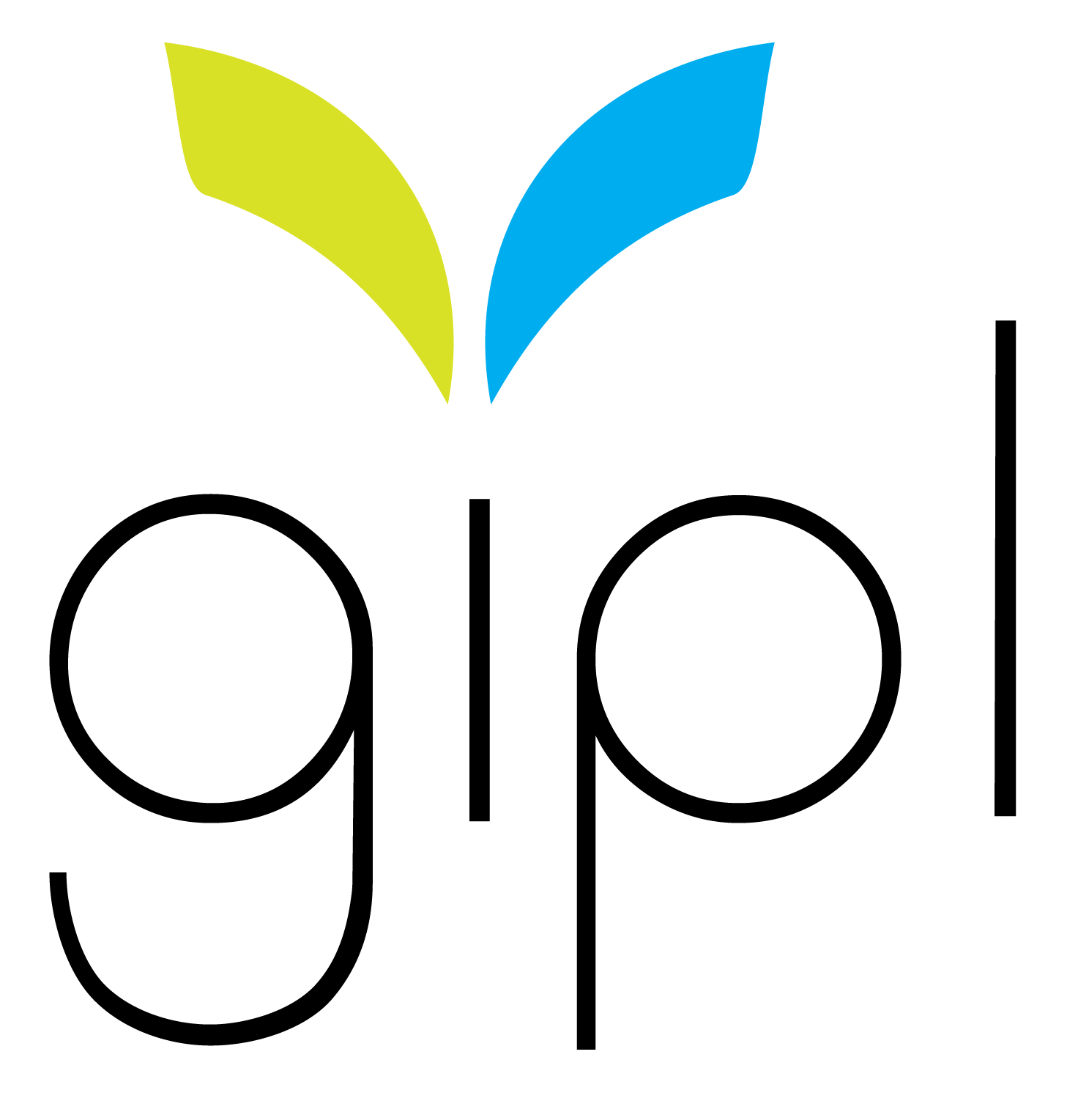South of the Gnat Line, PART 2
Driving through south Georgia, it might seem that there are as many churches as gnats. And there are A LOT of gnats!
Down here, almost all public gatherings begin with prayer, and you’re more likely to see sweet tea served at a fancy meal than wine. You don’t schedule a meeting or athletic game on Wednesday nights, and when you move to a new town, one of the first questions asked might well be, “Where do y’all go to church?”
Churches are the main organizing infrastructure for south Georgia communities; they hold together the social fabric in many rural towns. If you really want something done, ask a church lady!
South Georgia is also unique in some unfortunate ways. It is home to some of the state’s (and nation’s) worst statistics: persistent poverty, obesity, lack of access to medical/dental care, and even food deserts (ironically, amid a sea of agriculture).
Too often when I attend a public presentation on a social or health issue in Georgia, a glaring diagonal swath across the lower half of Georgia’s map pops out, depicting counties in crisis. Big gaps in resources. Lack.
Sadly, some corporations take advantage of that lack and try to make south Georgia a disposal for toxic waste and other pollution. The town of Jesup in Wayne County is one example, where an out-of-state waste disposal company wants to dump as mud as 10,000 tons of toxic coal ash a day into the landfill.
But flat maps and scary statistics don’t show the abundant, beautiful contours of landscape and community in this part of the state, and they only confirm the present reality—not the future.
I believe we can reverse many of the negative trends in south Georgia and reclaim a high quality of life and health. How? By coming together to protect precious natural resources like our aquifer, rivers, forests, and soil, with churches and other faith communities leading the way.
 Energy efficiency, renewable energy, clean water, and locally grown food are all part of the pathway to a healthy environment and vibrant economy below the gnat line. Some congregations and communities have already taken some steps on this path and are enjoying its blessings, expected and unexpected. (We will be sharing their stories in this blog, so stay tuned!)
Energy efficiency, renewable energy, clean water, and locally grown food are all part of the pathway to a healthy environment and vibrant economy below the gnat line. Some congregations and communities have already taken some steps on this path and are enjoying its blessings, expected and unexpected. (We will be sharing their stories in this blog, so stay tuned!)
If every congregation from the Red Hills to the barrier islands takes just a few green steps, together South Georgians will walk into a beautiful future for us and our children. Join us on the journey today!
(If you live "below the gnat line" contact Dcn. Leeann Culbreath at leeann@gipl.org. She'd love to find out how you can help GIPL lead in South Georgia for the sake of all of Creation!)
